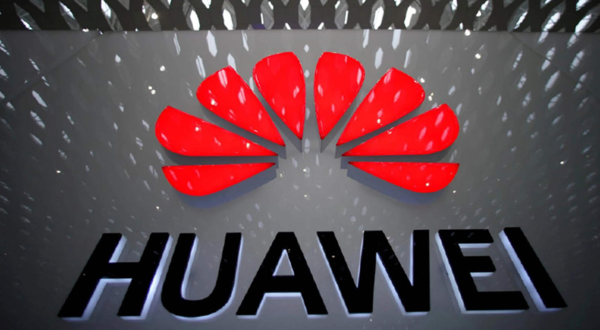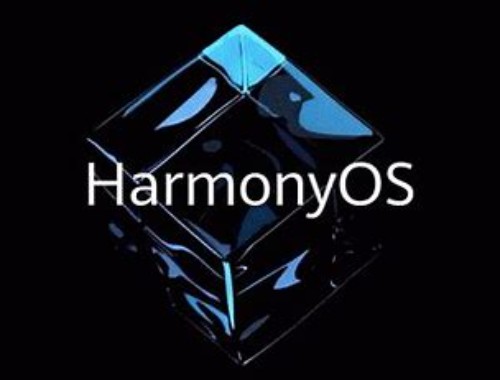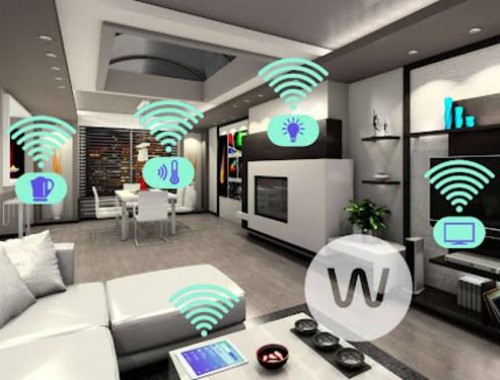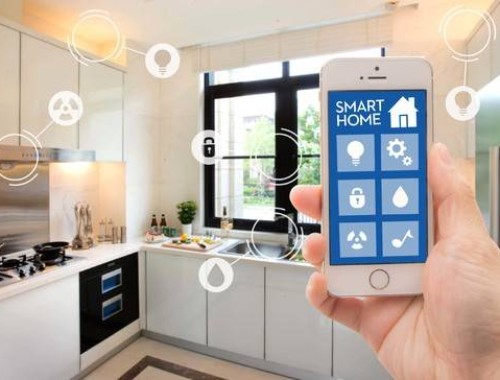All are rushing for smart home outlets. What is the difference between Xiaomi, Huawei and Haier Smart Home?
Source:Kejixun
Huawei focuses on "making a platform", Xiaomi focuses on "making a hardware", and Haier Smart Home focuses on "making an ecology".
According to data from the Foresight Industry Research Institute, the market size of China's smart home will reach 307.3 billion yuan in 2021. However, from the 2020 China Top One Hundred Internet of Things Enterprises list, among the companies involved in smart home, only Huawei, Haier Smart Home, and Xiaomi have entered the top ten.
Why more and more brands are grabbing the smart home outlet, and only three companies have achieved the front end of the market? What are the different paths they take? Perhaps, we can analyze the starting point, strategy, and achievements of the three brands in the field of smart home to find the answers to these questions.
All are rushing for smart home outlets. What is the difference between Xiaomi, Huawei and Haier Smart Home?
Vertically, the starting points are different
From the time of entering the field of smart home, Haier Smart Home was in 2006, Xiaomi was in 2013, and Huawei was in 2015.
In 2006, when the entire industry was still in its infancy, Haier Smart Home took the lead in deploying U-home. By 2015, Haier's smart home strategy was officially released, and the industry interconnection scene was first launched in 2016. Subsequently, in 2019, Haier Smart Home took the lead in completing the strategic change of the ecological brand, accelerating the implementation of the globalization of smart homes. And these strategic results have also allowed the world's first scene brand "Triwing Bird" to be hatched at this key point in 2020.
By 2021, Haier Smart Home has accumulated and deployed for 15 years and continued to exert efforts for 6 years. At this time, Haier Smart Home has already led the industry and achieved many results with its earlier market layout, and has taken the lead in the comprehensive harvest period of the ecological brand.
Xiaomi chose a completely different path. After "testing the water" with the first router in the field of smart home in 2013, it took only three or four years to explore and officially launched the "Xiao Ai" smart speaker in 2017. At this time, a unified, managed and intelligent Xiaomi's unique ecological chain system developed.
This road of Xiaomi is also very distinctive. Relying on cost-effective, simple and popular small appliances, Xiaomi quickly entered the young group, and quickly expanded the Xiaomi smart home ecosystem, establishing a relatively stable IoT platform in just a few years.
To this day, Xiaomi's smart products such as mobile phones, electric toothbrushes, and sweepers are still widely loved by users. As the entire Xiaomi ecological chain category is quickly opened up by small household appliances, Xiaomi has also begun to continuously introduce large appliances such as refrigerators, TVs, and washing machines, which will gradually make up for the shortcomings and omissions of the smart experience of the house.
Finally, let' s look at Huawei. It was in 2015 that Huawei officially took action in the field of smart home. Similar to Xiaomi, Huawei also chose to use mobile phones as the main entrance to the Internet of Things, and gradually formed Huawei's HiLink smart home platform.
However, unlike Xiaomi’s breakthrough with smart speakers, Huawei has adopted a multi-dimensional "Huawei Smart Selection Model" such as Huawei Mall, Huawei Experience Store, Huawei Smart Selection Brand, and Ark Labs, through the "1+8+N" IoT landing. The idea is gradually transitioning, thus building a strong smart home ecology.
Obviously, Huawei is very clear about its own advantages. Although it is a bit inferior in the scale of smart homes and connected devices, with 5G technology and algorithm advantages, the development of Huawei IoT may become an irreplaceable new momentum in the smart home field in the future.
From a horizontal perspective, each style of play has its own merits
In addition to the different starting points, the three brands also differ in their playing methods.
From an overall point of view, Huawei is more focused on "building a platform", with the goal of achieving better interconnection between mobile terminals and smart homes. For example, based on Huawei's communications and technical advantages, you can easily realize interaction, screen projection, and control between smart homes in any scenario through any mobile phone or smart screen terminal.
Xiaomi is more focused on "making hardware". Based on its own IoT platform, Xiaomi has built a unique hardware ecological chain and integrated a large number of hardware manufacturers. From mobile power supplies, smart speakers to air purifiers, water purifiers, etc., the hardware layout is becoming more and more abundant. Based on this, provide a complete set of smart home solutions for users, which is convenient and fast.
Haier Smart Home pays attention to "doing ecology", and the ultimate goal is to better improve user experience. Different from other brands simply launching a single product of smart devices, Haier Smart Home will focus more on the user's life experience. And integrate the ecological resources of many industries, provide smart scenes of food, clothing, housing and entertainment, so that users do not need to run around, and one-stop to meet all the needs of a better life.
Based on different concepts, what are the specific results of the three?
First look at Haier Smart Home. By the end of 2020, more than 1,000 TRIWING BIRD Haier Smart Home 001 experience centers have been completed in Beijing, Shanghai, Guangzhou, Chongqing, Qingdao and other cities. At the same time, nearly 800 001 experience store centers have been built overseas, covering the United States, Italy, Russia, Pakistan and other countries.
What can users experience with these concrete results? When you walk into TRIWING BIRD Haier Smart Home Qingdao Experience Center 001, you will find that the layout of the store no longer takes refrigerators, washing machines and other items as the protagonist, but imitates the real life activity line, providing smart living room, smart kitchen, and smart Immersive full-scene experience such as balcony.
Take the Triwing Bird Wisdom Balcony as an example. You can not only work out here, but also throw the soaked clothes into the washer-dryer combination and wash and dry. If the detergent is insufficient, the BlingBling color loading machine will be automatically purchased achieve "senseless payment." Not only that, Haier Smart Home has basically integrated the resources of various ecological industries such as washing and nursing, catering, home decoration, etc., and has built an ecosystem of clothing networking, food networking, and air network, which can satisfy users' all-round life from design and installation to scene experience demand.

Continuing to look at Huawei, Huawei’s full-scenario smart strategy relies on HiAI, two platforms of service hardware ecology (Ability Gallery and Huawei HiLink), and a three-tier structured product ecology (1+8+N) architecture to quickly cover the entire intelligent household industry chain.
To put it simply, Huawei HiLink is currently committed to the fully connected protocol standard for the Internet of Everything, breaking through the pain point that smart home appliances of various brands cannot be interconnected. At present, Huawei's HiLink platform has access to more than 100 categories, more than 250 cooperative manufacturers, and covers more than 500 products.
Different from other Internet companies competing for the entry of smart speakers at low prices, Huawei’s “1+8+N” IoT landing approach has obvious advantages in concentrating ecological resources. Among them, "1" represents a smart phone, "8" represents 8 auxiliary entrances, and "N" represents other IoT devices. To put it simply, you can use a Huawei mobile phone to achieve interaction and connectivity between smart home appliances in any scene in your life.

Finally, let' s look at Xiaomi. At the 10th anniversary celebration of Xiaomi in 2020, Xiaomi announced that its IoT platform has connected more than 252 million single-product smart home devices, covering all aspects of mobile phones, PCs, smart speakers, smart TVs, etc., forming a relatively complete matrix of smart home products.
In other words, Xiaomi has lowered the entry barrier for smart homes to a certain extent. Although there is relatively little accumulation in hardware and quality control, it has made up for this shortcoming in terms of cost performance, which also allows Xiaomi to quickly cover the young user circle.
Although the core hub of Xiaomi still lies in mobile phones, it is clear that its strong shipments of smart devices have become an indispensable growth point. According to statistics, in the third quarter of 2020, Xiaomi' s revenue from AIoT and consumer products reached 18.1 billion yuan in revenue, a year-on-year increase of 16.1%.
Summary
To sum up, no matter from the perspective of starting point, strategy, and results, the three brands have taken their own path in the field of smart home. With the objective conditions of early deployment and sufficient accumulation, Haier Smart Home continues to contribute more landing results to the smart home market; Xiaomi continues to introduce more cost-effective smart home appliances with its rapid IoT expansion; Huawei also relies on 5G technology and platform , To contribute to the interconnection of smart devices.
Although the three have their own merits, looking at the entire smart home market, "decentralization" is still the general trend. In the future, the gap between home appliances and user interaction will be broken, and the boundary between brand and brand will be penetrated. As the famous British poet Eliot said, "If the meaning of tradition is to blindly or meticulously follow the style of the predecessors, then tradition is worthless."
As for the future, who can become the final winner in the field of smart home? We still need to wait for time and the market to verify the answer.
The source has been identified in this article. All copyrights belong to the original anthor. In case of infringement, please contact us.
-

Midea released the first smart home operating system based on HarmonyOS
-

The second quarter analysis of the European smart home market is released, Amazon tops the list
-

Huisen Furniture joins hands with Xiaomi, entering the Smart Field of the Whole House
-

The demand for home security is as high as 92%, with huge growth potential

 沪公网安备31010402003309号
沪公网安备31010402003309号



